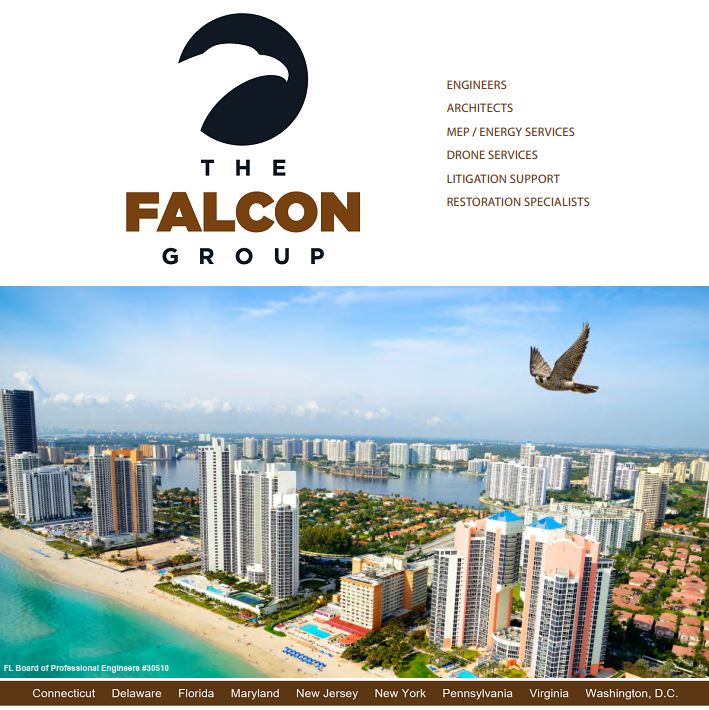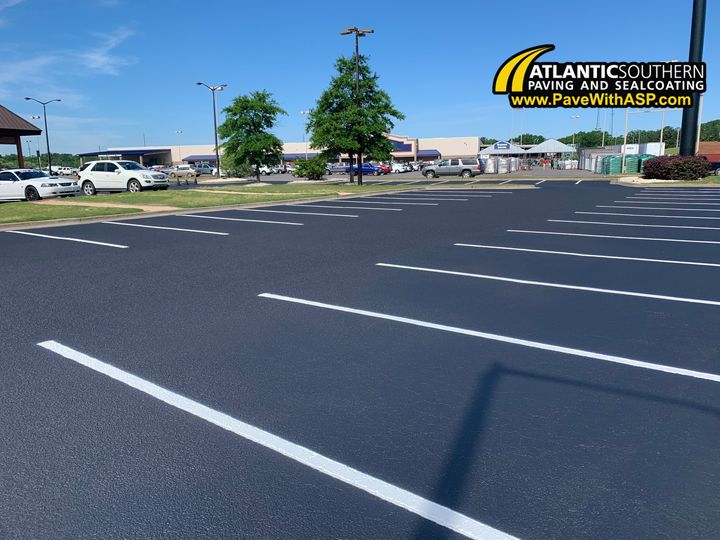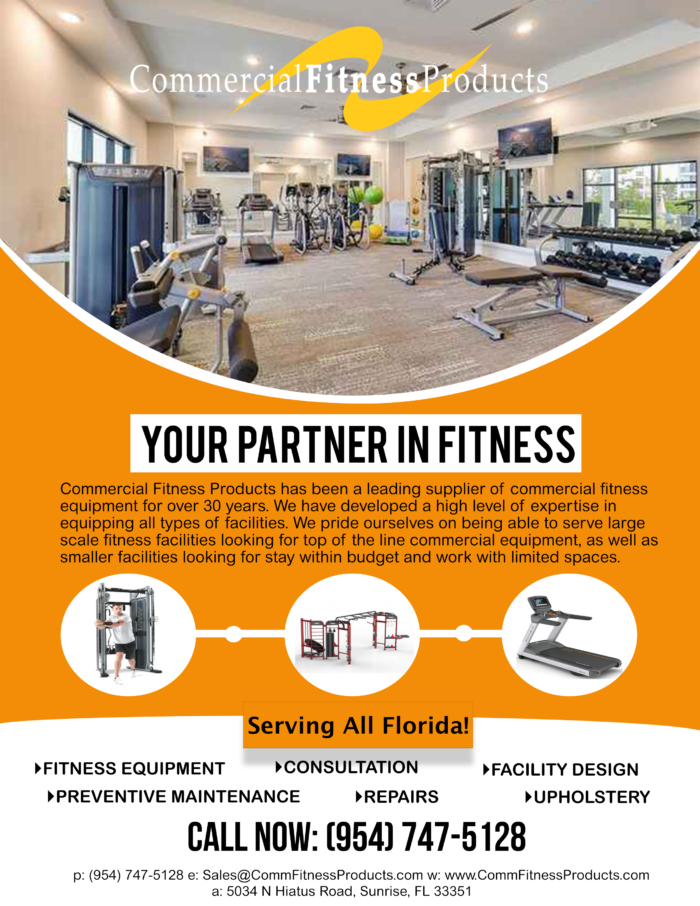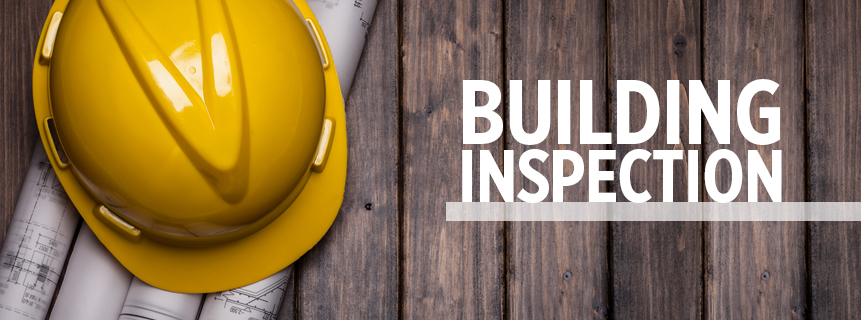SECURING YOUR GATED COMMUNITY Exactly Who Is Allowed In?

While living in a gated community can add peace of mind for the residents who live behind the gates, there are many important considerations for the association when crafting rules and regulations regarding who may and who may not be permitted to enter the community. In today’s gated communities, there are three entry control options: (i) live personnel to monitor the gate, (ii) a virtual gate guard where the gate guard who allows guests to pass through is off-site and monitoring electronically, or (iii) a simple call box.
Many associations adopt rules which require visitors to the community to present valid identification to ensure that the visitors are authorized by the association or a resident to enter the community. But, what kind of identification can an association require? Are there limits? In the end, the association must balance its interest in ensuring that only authorized visitors enter the community with the rights of the owners and the visitors entering the community.
One question which bears analysis is, is the association permitted to “swipe” a driver license? Section 322.143, Fla. Stat. (2021), defines “swiping” a driver license as the act of passing a driver license or identification card through a device that is “capable of deciphering, in an electronically readable format, the information electronically encoded in a magnetic strip or bar code on the driver license or identification.”
Pursuant to §322.143, Fla. Stat. (2021), a private entity is not permitted to “swipe” an individual’s driver license or identification card to capture and store information contained in the magnetic strip unless the individual consents to allow this, and the association informs the individual what information will be collected and the purpose or purposes for which it will be used. However, an exception exists in that the association is allowed to “swipe” the driver license to verify the authenticity of the driver license, as long as the association is not capturing and storing the information on the magnetic strip. More specifically, §322.143(2)(a), Fla. Stat. (2021), provides, in pertinent part, the following:
(2) Except as provided in subsection (6), a private entity may not swipe an individual’s driver license or identification card, except for the following purposes:
(a) To verify the authenticity of a driver license or identification card or to verify the identity of the individual if the individual pays for a good or service with a method other than cash, returns an item, or requests a refund.
In accordance with the foregoing, an association is permitted to “swipe” a driver license but is not permitted to store, sell, or share the personal information collected from swiping the driver license. Although swiping without storing the information is permitted, this author recommends that the association fully avoid swiping the driver license. If the information was inadvertently or even temporarily stored on the device that the association used to swipe the driver license, the association would be in violation of this statute. Note that manually collecting personal information or making a photocopy or other copy of the front of the driver license is not prohibited by the statute and is a far safer practice.
Another question worth addressing is, can the association require a valid United States driver license for any drivers entering the community? Be warned, such a requirement could land the association in hot water. Although the association can likely require any driver entering the community to have a valid driver license, the association cannot require that the license be issued in the United States.
Pursuant to §322.04(1), Fla. Stat. (2021), “a nonresident who is at least 16 years of age and who has in his or her immediate possession a valid noncommercial driver license issued to the nonresident in his or her home state or country” is permitted to operate a vehicle without a Florida license. In other words, a driver with a proper license in another state or another country is legally permitted to drive in Florida as long as they have their valid noncommercial driver license in their possession. Similarly, an association should accept a valid license issued from another state or country for entry into the community.
If the above is not enough to encourage your associations to accept driver licenses from all countries and states, consider that a policy requiring a driver license issued in the United States may be considered a violation of the Fair Housing Act in that doing so may be deemed discrimination based upon national origin and may form the basis of a discrimination lawsuit based on disparate treatment or disparate impact. “Disparate treatment” is an intentional form of discrimination, whereas “disparate impact” discrimination occurs when a policy has an unintentional negative effect on members of a protected class. Thus, while this author is not aware of any such appellate decisions issued in the State of Florida, the last thing any association needs is to be the first defendant in such a Fair Housing Act lawsuit.
With regard to all rules adopted by the board of the association, rules regarding who can enter the community are only enforceable if they are within the board’s scope of authority and are reasonable for the purpose. If a rule is outside the board’s scope of authority as set out in the governing documents of the association, or if the rule represents arbitrary or capricious decision-making, such rule will not be enforceable. When adopting rules, remember the following:
- The board or the body making the rule must have authority from the governing documents or statute to adopt the rule.
- The rule cannot conflict with any rights afforded by documents of higher priority, whether express or implied rights.
- The rule must be reasonable. Reasonableness is hard to define, but the case law provides that the rule must be rationally related to a legitimate association objective. The rule cannot be wholly arbitrary or capricious.
- The rule cannot contravene any law or compelling public policies.
- The rule must be adopted in a procedurally correct manner, which includes proper notice.
On a different note, remember that material alterations to the gate area may require a vote of the membership.
In regard to official records and as to homeowners associations, §720.303(5)(c), Fla. Stat. (2021), provides, in relevant part, that although part of the official records of the association, “[i]nformation an association obtains in a gated community in connection with guests’ visits to parcel owners or community residents” are not accessible to members.
As is evident from this discussion, there are many different issues to take into consideration when drafting rules governing who is permitted in your community. To ensure that your rules comply with Florida law, we recommend that the association have its counsel review any rules prior to their adoption.
Jeffrey A. Rembaum, Esq., BCS

Jeffrey Rembaum’s, Esq. legal practice consists of representation of condominium, homeowners, commercial and mobile home park associations, as well as exclusive country club communities and the developers who build them. Mr. Rembaum is a Certified Specialist in Condominium and Planned Development Law. He is the creator of “Rembaum’s Association Roundup,” an e-magazine devoted to the education of community association board members, managers, developers and anyone involved with Florida’s community associations. His column appears monthly in the Florida Community Association Journal. Every year since 2012, Mr. Rembaum has been selected to the Florida Super Lawyers list, and was also named Legal Elite by Florida Trends Magazine. He can be reached at 561-241-4462.

If you are looking for a company to help with securing your Gates, Doors to your Amenities, Our members can help.
Florida’s Top Access Control System Companies, CCTV, Security Gates and Card Readers. keeping your properties safe and secure. State Approved Members of SFPMA
Search for Security & Access Control Members
Tags:
Condo and HOA Law,
Management News,
Security and Safety Articles
 Whether you are adding some final touches to the security of your property or needing a trusted partner to help you build a state of the art Access Control solution, CCTV and fire or intruder alarm system, Secured Technologies has a wide range of options to help you.
Whether you are adding some final touches to the security of your property or needing a trusted partner to help you build a state of the art Access Control solution, CCTV and fire or intruder alarm system, Secured Technologies has a wide range of options to help you.


















